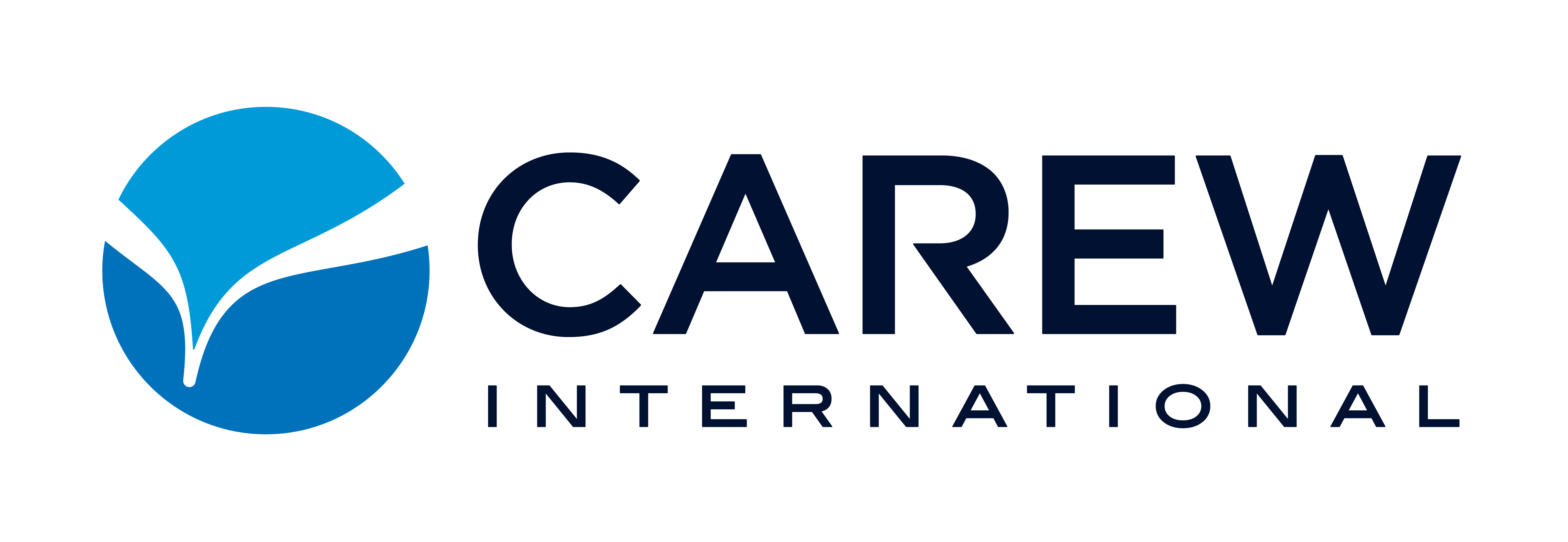As sales professionals, we like to think we have a pretty good handle on our target market. Chances are your market has been identified by marketing and sales leadership at your organization and is largely defined by demographics, such as role, area of responsibility, company size, vertical market or geographic area. Any or all of these factors are valid considerations in assessing a sales opportunity, but we may find additional and valuable insight by considering our own sales history. Categories worthy of a closer look include:
- Past 5-10 new accounts you closed
- Best customer relationships/most adoring, loyal customers
- Accounts with the greatest five-year growth, relative to purchases from you
First, ask “why?” for each instance. Why did you close that business? Why does customer X love you so much? Next, look for common factors within each of these categories, and consider these against your personal strengths and weaknesses. Factors might include:
- Personality/buyer type
- Common ground (personal or professional)
- Referral based?
- Special needs/expectations
This kind of reflection accomplishes two things: First, it brings into focus our individual and specific strengths that we can and should leverage at every opportunity. Second, the heightened awareness that results from this exercise allows us to more readily recognize and leverage the same dynamic in the future.
We all benefit from the lead generation, promotion and branding support of marketing, but why not supplement those efforts with our own, individual sales intel? In the midst of chasing new business and servicing existing customers, it’s worthwhile to pause periodically and consider our current customer base, past successes and the specific skills and dynamics that contributed to that success. It may be a driving force to our future sales success.





